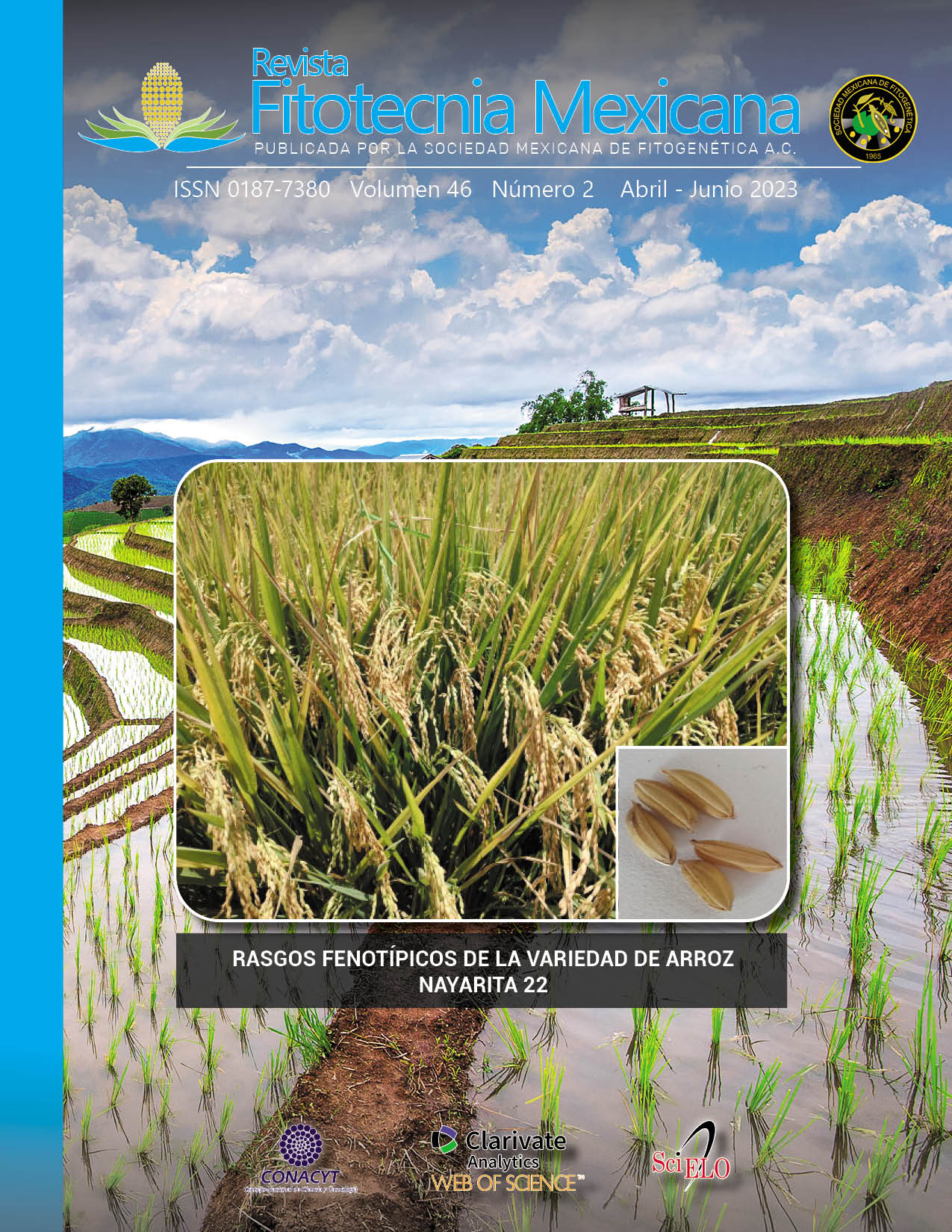YIELD AND NUTRITIONAL VALUE OF HERBACEOUS LEGUMES NATIVE TO MEXICO WITH FORAGE POTENTIAL IN THE DRY TROPICS
Main Article Content
Abstract
In the Mexican dry tropics there are several native herbaceous species used for feeding ruminants, of which little is known about their forage production and nutritional quality, which can be integrated into production systems as cultivated species; among these species are Crotalaria incana L., Cassia obtusifolia L. (McVaugh, 1987) and Senna uniflora (Mill.) H. S. Irwin & Barneby (annual herbaceous legumes) which were evaluated productively and nutritionally in two field experiments during 2016 and 2017 in a completely randomized experimental design with four replications. Forage cuts were carried out every 10 days in 2016 and every 15 days in 2017. Dry matter production (DM) of leaf and stem, plant height, neutral detergent fiber (NDF), acid detergent fiber (ADF), lignin, in vitro digestibility (IVDMS) and crude protein (CP) were measured. The maximum accumulation of DM in the 2016 cycle occurred at 50 days after seedling emergence (dase) for C. obtusifolia (17,241 kg ha-1) and 70 dase for C. incana and S. uniflora (17,604 and 13,981 kg ha-1, respectively). In 2017, maximum accumulations occurred at 70 dase for S. uniflora (8292 kg ha-1), 120 days for C. obtusifolia (17,027 kg ha-1) and 135 days for C. incana (9680 kg ha-1), respectively. The IVDDM was different (P ≤ 0.0001) in both 2016 and 2017; in C. obtusifolia it was 91.9 and 94.4 %, respectively, while C. incana and S. uniflora had 88.7 and 86.5 % in 2016 and 90.4 and 87.3 % in 2017. The species were different in CP (P ≤ 0.0001), C. incana had 27.4 and 21.9 % in those cycles, C. obtusifolia and S. uniflora had 22.1 and 21.8 % in 2016 and 11.2 and 13.4 % in 2017, respectively. In conclusion, C. obtusifolia and C. incana showed the best productive and nutritional performance, although, the three species can contribute in quantity and quality to ruminant feeding.

